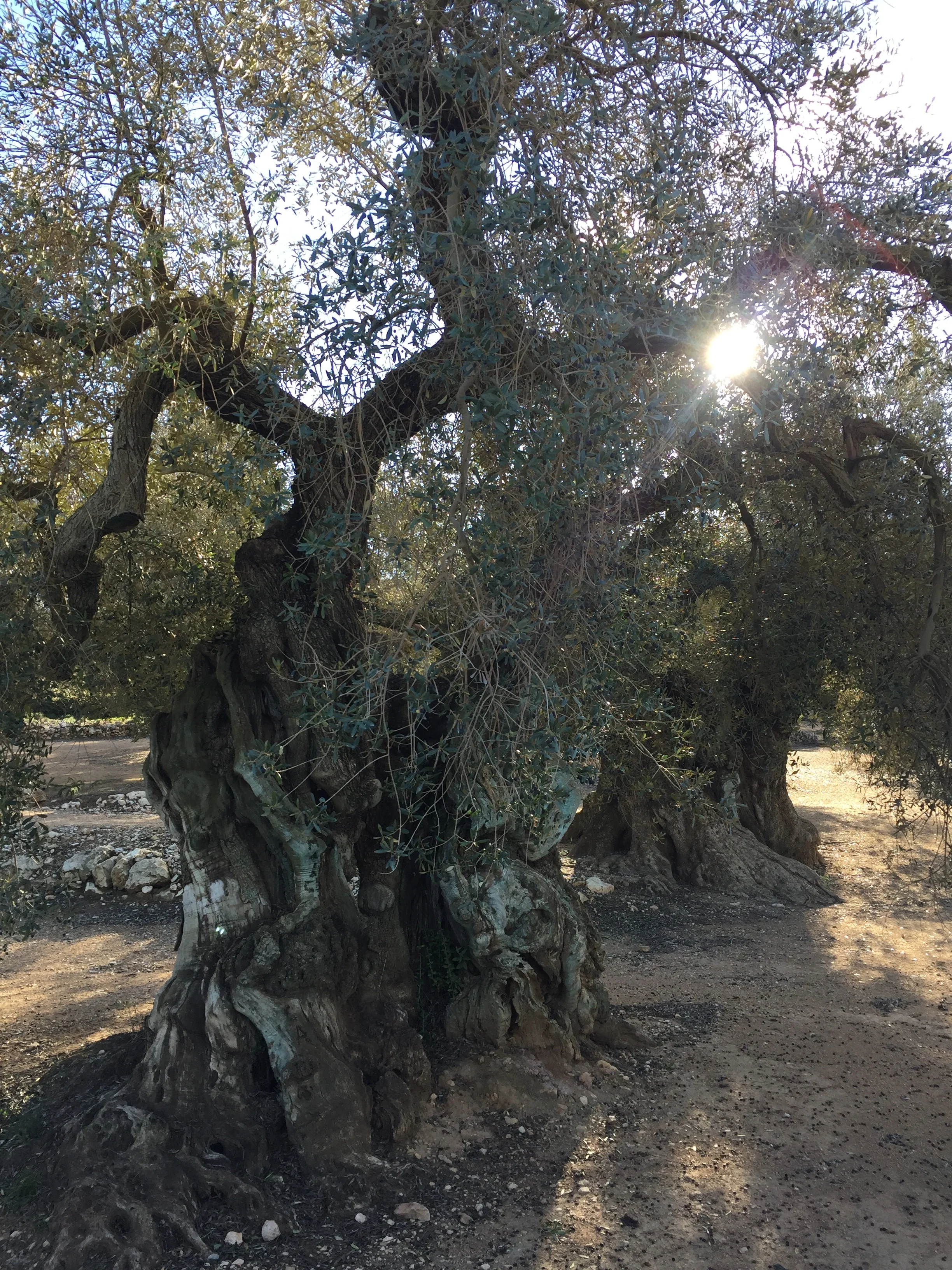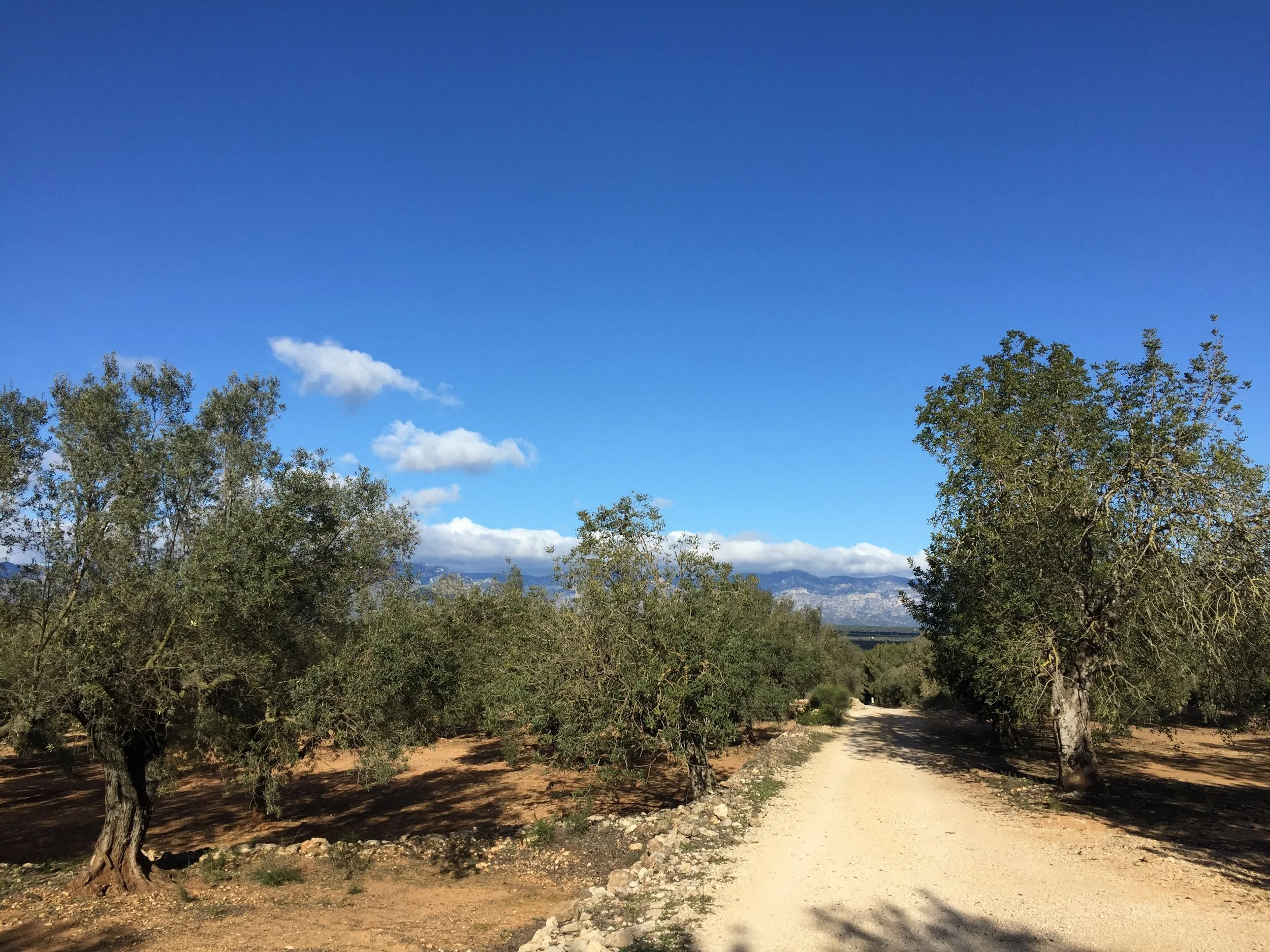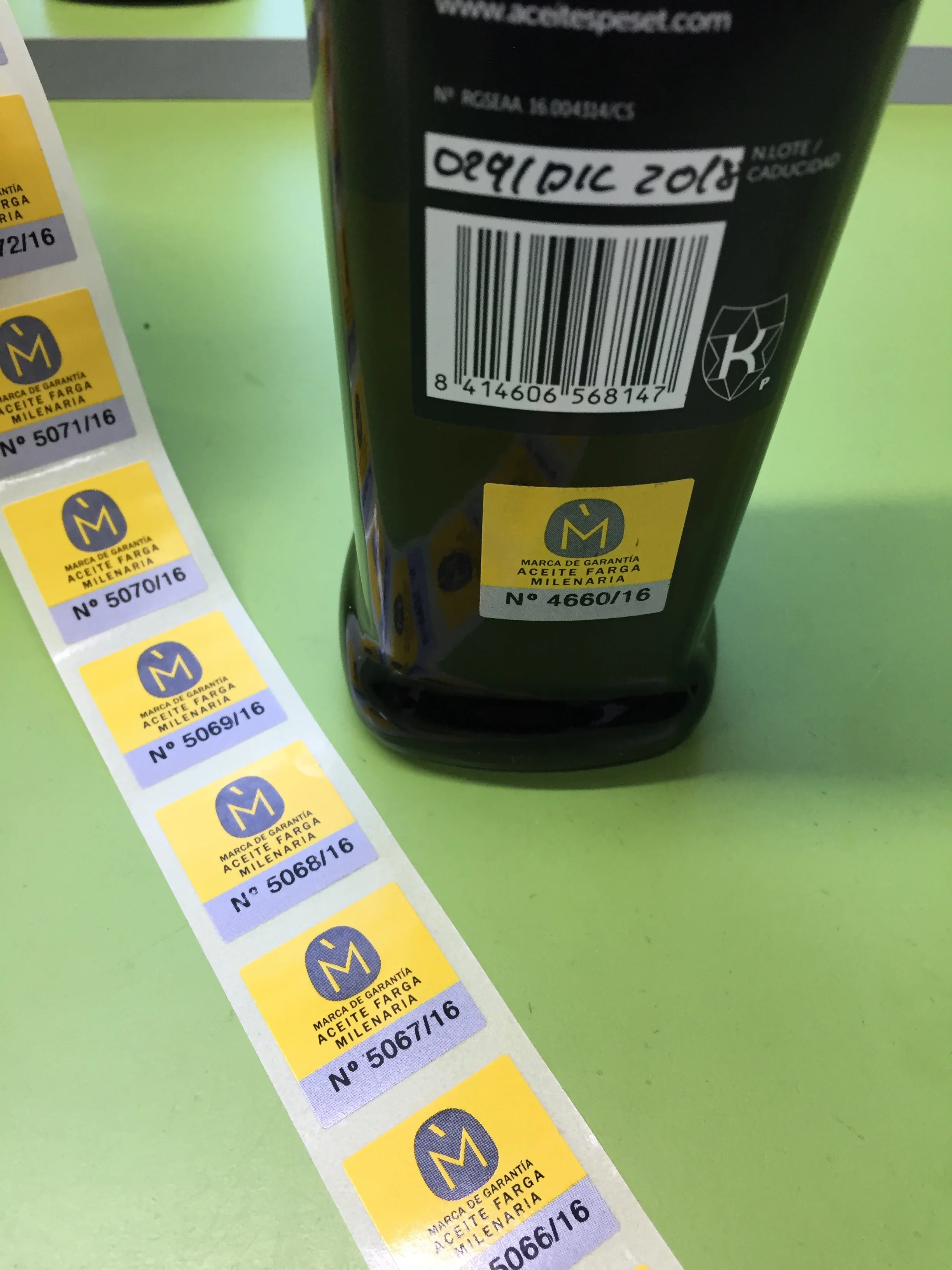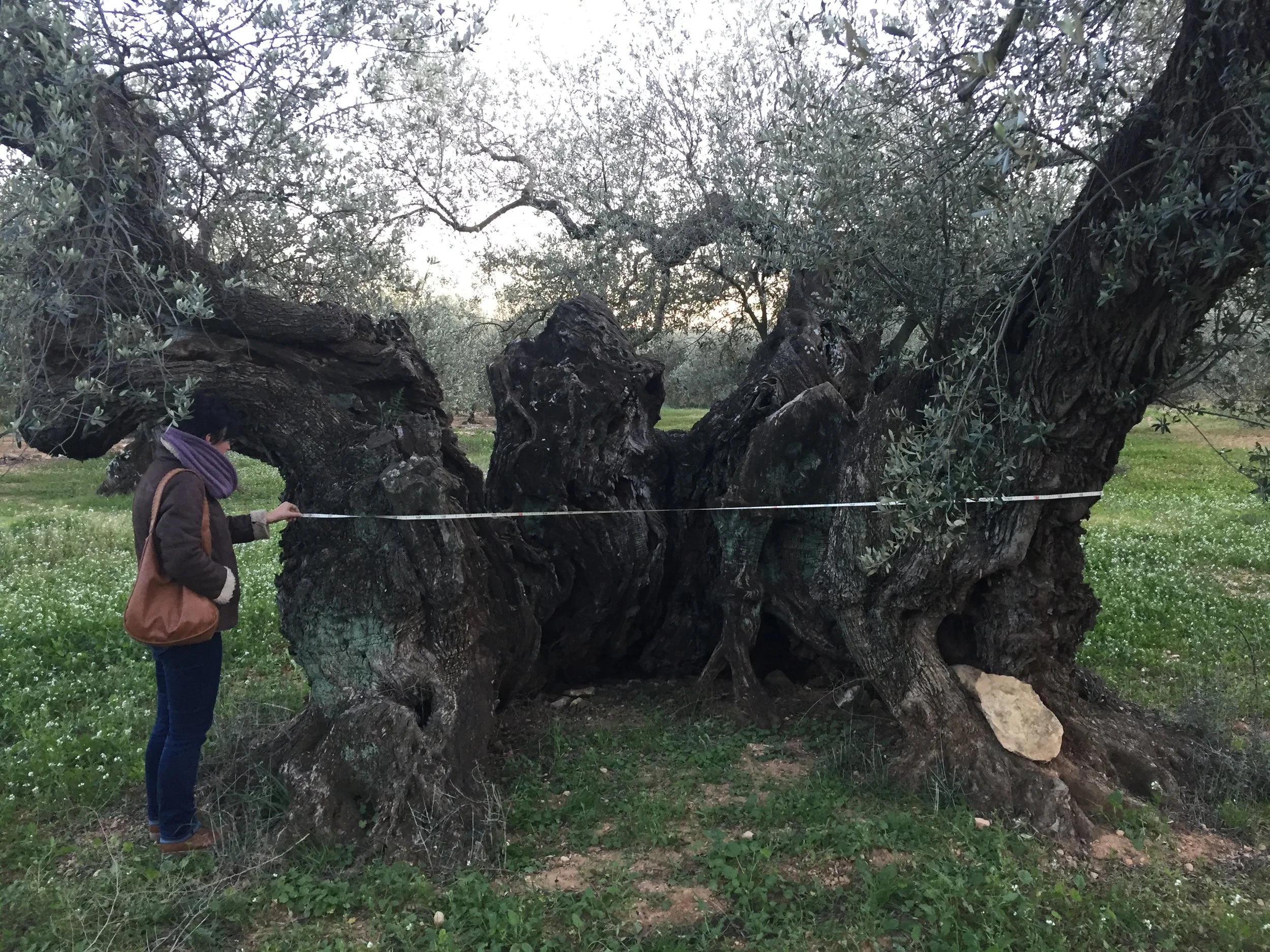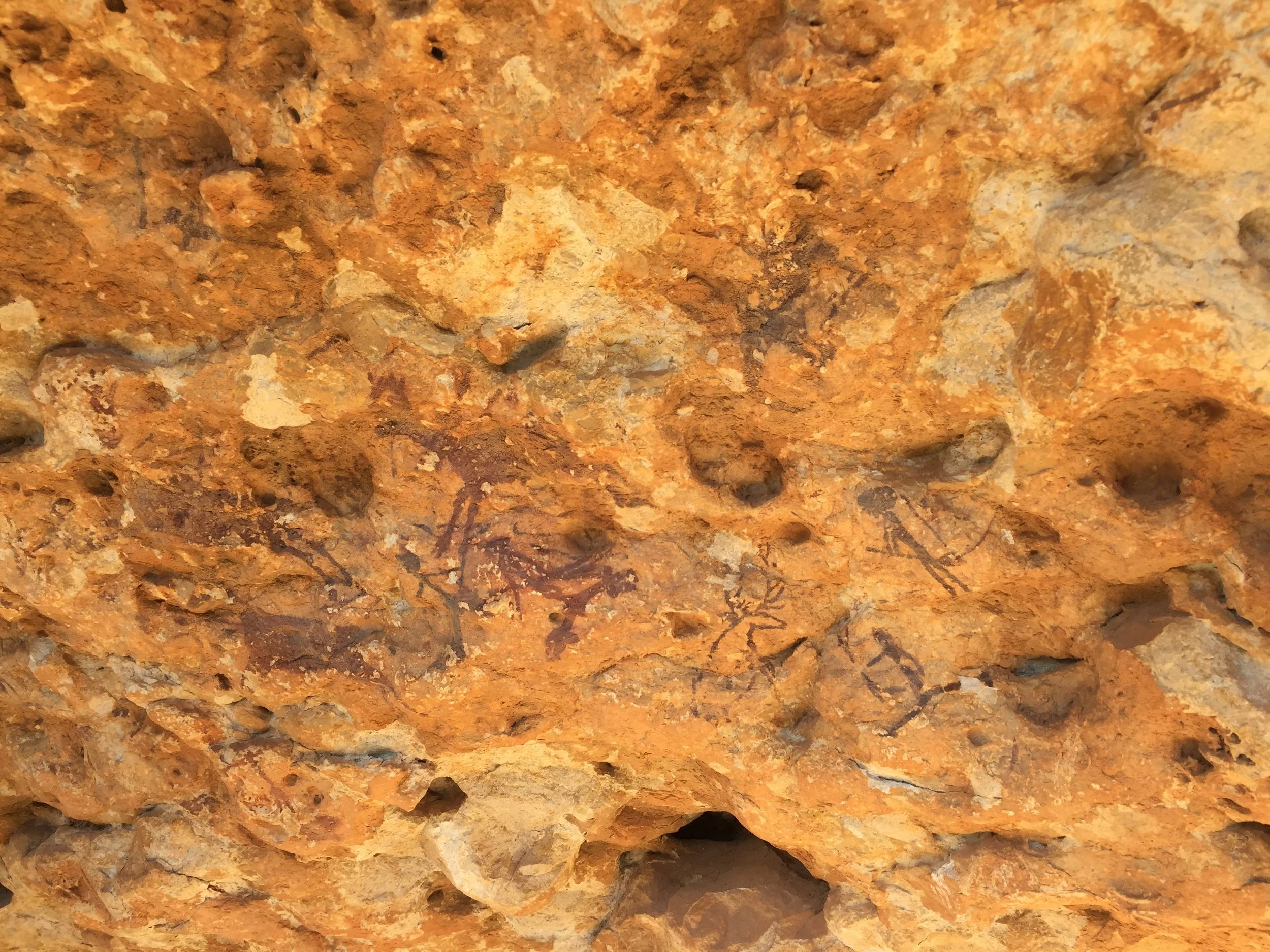Millenary olives, cave art and Iron Age hill forts in Southern Catalonia
There is a corner of Catalonia that feels far, far away from the well known resort towns of the Costa Daurada.
And, yet, the crowds that every summer converge in places such as Salou or Cambrils or those queueing to get a wild roller coaster ride at Port Aventura…are barely 50 miles away from the quintessentially Mediterranean landscapes around the town of Ulldecona.
But it is here, nested between two chains of bare hills that run parallel to the coast, that an astonishing concentration of unique, ancient treasures awaits those travellers curious enough to go off the beaten path.
What to see around Ulldecona:
1) The largest concentration of millenary olive trees in the World
2) The Iberian hilltop fort of La Mola del Remei (located, actually, in the nearby town of Alcanar)
3) Prehistoric cave art of the Abric d’Ermites
In fact, this is not all, because the urban center of Ulldecona is crowned by a well preserved medieval castle, yet when prioritising our schedule by order of ancientness, we found out that did not have enough time to visit it!
This post is the chronicle, in no particular order, of a day trip from Barcelona to the Southern-most town in Catalonia and an exploration of its nearby (pre)historical sites.
How to get to Ulldecona
Getting to Ulldecona is quite easy, provided you have a car, as Ulldecona lies right next to the major AP-7 highway that runs all along Spain’s Mediterranean coast. It’s about 2h drive to Barcelona going North and a similar distance to Valencia going South.
There is also a train station, but most trains don’t stop locally and service is spotty.
In any case, it is difficult to visit the sites detailed in this post without a car.
The train station is a good starting point for any visit, though, as it is next to the local tourist office, hosted in an early 20th C. modernist building (below). Its interior has been fitted with modern exhibits about the region and its main agrarian produce: olive oil.
The olive trees
Olive trees are truly amazing living things.
They can live for thousands of years and still keep producing their valued harvest, season after season.
It is mind-blowing to imagine what some of the olive trees we have in front of us might have seen…
We are at the Arión estate, a couple of miles west of Ulldecona. We have come here because here is found what is, allegedly, the largest concentration of millenary olive trees anywhere in the World.
And the start of all of them, a tree called “La Farga D’Arion”.
Although quite impressive in its voluptuous shapes, to the untrained eye it looks not too different from the surrounding monumental olive trees. Yet, this particular tree has been around for some 1,700 years. Some scientific studies have dated it to the 4th Century AD, the reign of the Roman emperor Constantine.
Local conservationists claim this makes it the oldest living scientifically-dated olive tree, although this is disputed by some other claimants in the Eastern Mediterranean.
In any case, it is a truly spectacular living organism. The presence around it of tens of other trees that are hundreds and perhaps even over a thousand years old, adds to the attractive of this place.
Most of these ancient trees are of the Farga variety. The fact that it is less productive than other varieties means its cultivation was progressively abandoned and only a few pockets like the Arion Estate remained.
In recent times, efforts have been made to recover and protect these living monuments.
Perhaps one of the most effective ways to guarantee they continue well kept for many years, though, is the fact that some local entrepreneurs have started producing and marketing “millenary oil” produced with olives harvested from these trees.
Yes, you can consume olive oil from a tree that was already producing in the Roman era!
Millenary Oil
Amador (pictured below) is one of such olive oil entrepreneurs.
Based in the town of Traiguera, across the river Sènia, that separates Catalonia and the Valencia Region. Amador not only harvests from its own olive groves, but also has moved around the whole area, identifying ancient trees and negotiating with local landowners the harvesting of their fruits.
Back at its small mill in Traiguera, in a semi-artisanal operation, Amador bottles this oil with the “Millenary Oil” label. This is a quality brand that has been set up by a number of local producers that decided that, instead of the traditional bulk trade, they would move upmarket by highlighting this very unique characteristic of the olive oil they produce.
Despite its small production, Amador’s millenary olive oil has achieved a degree of international success, with orders arriving from places as far as China.
The popularization of high quality extra virgin olive oil outside its traditional Mediterranean markets has certainly contributed to differentiated olive oils, such as those under the Millenary Olive Oil label, to exploit its differentiated positioning.
By the way, you can buy Amador’s millenary olive oil here: https://www.aceitespeset.com/
Amazingly, some of the olive trees currently producing for the “Millenary Oil” brands were abandoned and in a rather derelict state until quite recently.
Iberian Hill Fort
The next stop takes it a few centuries back, to pre-Roman times.
Located on one of a 200m-high peak on the Serra del Montsià and overlooking the sea and the town of Alcanar, there is the Iberian hilltop city of Moleta del Remei.
It is believed that it was occupied between the 7th C. and 2nd C. BC by an Iberian tribe called the Ilercavones.
At least two stages of habitation have been established, the first iron age hamlet possibly destroyed by fire and then rebuilt. It was self-contained within solid stone walls, that also acted as walls for some of the houses, as can be clearly seen when visiting the ruins.
It is possible to see a reconstruction (below) of how one of the houses may have looked like.
The hilltop fort had also a great view points over the surrounding territory and the sea and had other satellite settlements in nearby hills.
It looks like it was abandoned shortly after the Roman colonization. The newcomers had certainly different ideas when it comes to urban planning!
The Cave Paintings
But if an iron age hilltop settlement and the millenary olive trees were not ancient enough for you. Here is another treat: the beautifully preserved prehistoric cave paintings on the Serra de Godall, declared World Heritage Site by UNESCO.
The paintings are actually in the open, not inside a deep cave, but under an outdoors rock shelter. To get there you just need to walk some 50m from a little church (Ermita de la Pietat, hence the name the paintings are also often called “Abrics de l’Ermita”).
The paintings are some of the best preserved examples of the so called “Levantine cave or rock paintings”, a type (or style) of cave art that is found in over 700 sites all throughout Eastern Spain.
Although dating is not precise, it is believe that this Levantine style of rock art originated in a transition period between the Paleolithic and the Neolithic, that is 8000 to 3,500 BC.
The ones here in Godall, near Ulldecona are scattered all over the rock wall. The stylized figures are clearly visible to the naked eye, with animals and hunters painted in warm colours that melt into the yellowish-reddish tones of the stone.
A truly amazing sight and really easy and straightforward to visit. For free.
To learn more about this amazing region, you can also check my piece on CNN Travel: “Spain's ancient olive trees: New taste for old flavor”
Also, may thanks for its guidance and support during the field trip to Jaume, director of Taula del Sènia, an entity that aims to reinforce institutional cooperation between the three territories that meet in this area: Catalonia, the Valencia Region and Aragon.
